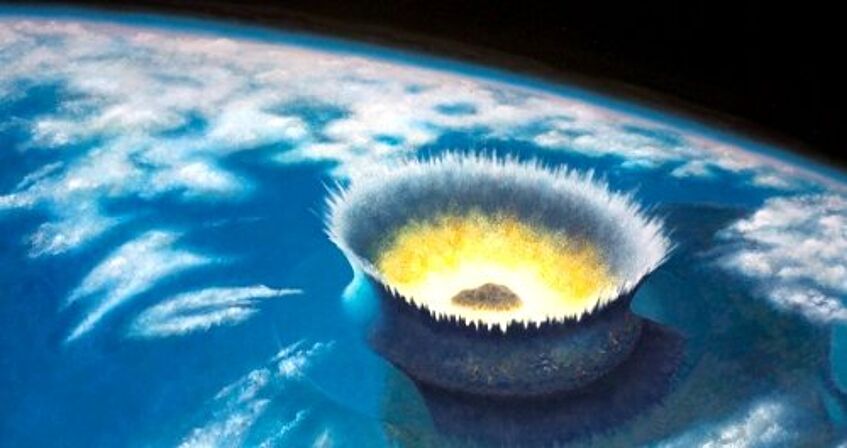Impact Research and Planetary Geology

Research Topics:
Impact Research, Geochemistry and Cosmochemistry, Planetary Geology, Meteorites
Laboratories:
Gamma spectroscopy, multiparameter coincidence spectrometry, sample preparation, optical microscopy
Impact is a unique, short-time, high-energy geological process. The importance of impact cratering on terrestrial planets is obvious from the abundance of craters on their surfaces. On Earth, active geological processes rapidly obliterate the cratering record. To date only about 170 impact structures have been recognized on the Earth's surface. The come in various forms, shapes and sizes, from 300 km to less than 100 m in diameter, from Recent to 2 billion years in age. Mineralogical, petrographic, and geochemical criteria are used to identify the impact origin of such structures or related ejecta layers. An aspect of impact cratering that may be underestimated is the influence of impacts on the geological and biological evolution of our own planet. Even the impact of relatively small asteroids or comets can have disastrous consequences for our civilization. There is a 1 in 10,000 chance that a large asteroid or comet 2 km in diameter (corresponding to a crater of about 25-50 km in diameter) may collide with the Earth during the next century, severely disrupting the ecosphere and annihilating a large percentage of the Earth's population. Understanding of impact structures, their formation processes, and their consequences should be of interest not only to earth and planetary scientists, but also to society in general. The biological evolution of our planets is punctuated by mass extinction events, of which the one 65 million years ago, which marks the Cretaceous-Tertiary boundary, is probably the best known one. Abundant impact debris marks this boundary, providing a clear link with a major impact event. The Chicxulub impact structure in Mexico, about 200 km in diameter, which resulted from the impact of an about 10-km-diameter asteroidal body, has been identified as the culprit. Several other mass extinctions, most notably the Late Devonian, Permian-Triassic, Triassic-Jurassic, and Jurassic-Cretaceous ones, have been linked to possible impact events as well, although in these cases the evidence is not (yet) strong enough to allow unambiguous conclusions.
Contact:
